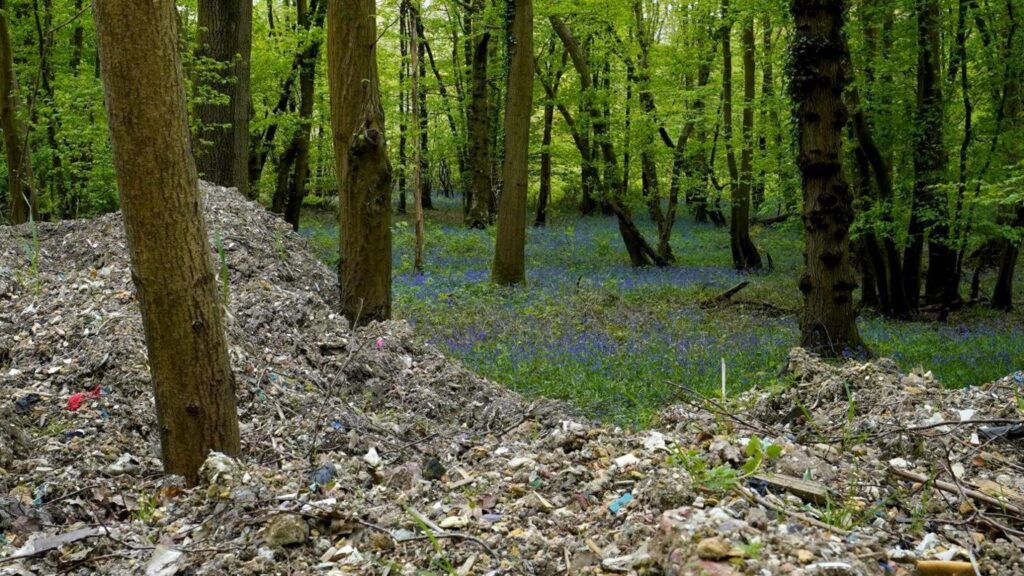The studies, which were published by SEPA in tandem yesterday (July 3), come in the wake of the Scottish Government's opposition to larger Energy-from-Waste facilities (including anaerobic digestion) which it views as “inefficient” (see letsrecycle.com story), and, perhaps reflecting this, they both recommend “small-scale” rather than large plants.
There is recognition that waste at any level has an inherent value and that value can be recovered through the generation of heat and power
John Ferguson, SEPA
Research from both reports is currently being used to revise SEPA's Thermal Treatment Guidelines, which are set to be published in September 2008, and are described by the agency as “the cornerstone” of its policy on energy from waste.
“The guidelines will ensure that thermal treatment in Scotland enables the recovery of energy efficiently and does not impede waste prevention and recycling,” SEPA explained.
While examining different aspects of waste management, both reports arrive at the conclusion that providing combined heat and power through Energy-from-Waste and anaerobic digestion (AD) is the most sustainable option available for various waste streams.
Energy
Published by consultancy AEA Environment and Energy, the first report, entitled 'The Evaluation of Energy from Biowaste Arisings and Forestry Residues in Scotland', assesses the energy value within the country's garden, kitchen and food waste, and related wastes.
And, it discovered that, of the 13.73 million tonnes of this kind of waste produced in Scotland each year, 9.634 million tonnes of it was “technically suitable to be processed in an anaerobic digestion or thermal treatment plant to obtain energy”.
After analysing the energy content of these biowastes, the report calculated the potential for conversion to “useful” energy (heat or electricity) and, using combined heat and power as the preferred option, discovered that there is the potential for 2,285,200 megawatt hours (MWh) of electricity and 8,784,1000 MWh to be produced.
Plants
The report estimated that 741 AD and 228 thermal treatment plants, “allowing localised energy production and waste treatment”, would be required to achieve this level of electricity and heat production, and also claimed that it would offset up to 5.6% of Scotland's total net greenhouse gas emissions.
While it did not examine economic issues, the report concluded that: “Given the substantial technical potential, even if a modest proportion of this were to be economic, energy from waste has a material contribution to make to Scotland's energy supply.”
Jacobs
Mixed residual waste to CHP is the most favoured option followed by segregated biomass to AD with CHP
Jacobs
This conclusion is supported by the second report, entitled 'Development of a policy framework for the tertiary treatment of commercial and industrial waste' and prepared by consultancy Jacobs.
Examining the situation in both Scotland and Northern Ireland, the report assessed the options available for treating commercial and industrial waste in the two countries and proposed a policy framework to sit alongside their plans for diverting municipal solid waste from landfill.
It looked at eight treatment options, including continuing to send residual waste to landfill, sending biomass to in-vessel composting and sending both residual waste and biomass to AD and EfW.
In its conclusion, the report stated that “energy recovery through combined heat and power systems either by anaerobic digestion or energy from waste is the preferred option for the tertiary treatment of commercial and industrial and construction, demolition and excavation wastes in Scotland and Northern Ireland regardless of the recycling rate”.
“At all recycling rates, mixed residual waste to CHP is the most favoured option followed by segregated biomass to AD with CHP,” it added. “Policies which drive waste to CHP facilities are therefore recommended,” it added.
To assist these goals, the report also called for a green tariff to be introduced for the heat produced, to make CHP a more attractive option, as well as encouraging the segregation of waste – either at source or via “pre-treatment centres” (i.e. MRFs), and suggesting the possibility of landfill bans for certain materials to ensure they are recycled.
And, it also argued in favour of changes to the planning process to reduce the “planning risk” to waste management companies, alongside joined-up thinking on waste streams, stating that “there is a significant benefit to be derived from assessing municipal and commercial/industrial capacity needs together”.
Findings
Reacting to the findings, SEPA's strategic projects manager, John Ferguson, said: “SEPA welcomes the findings of the AEA and Jacobs reports. Energy from Waste will play an increasingly important part in the sustainable management of Scotland's waste.
“However, there is recognition that waste at any level has an inherent value and that value can be recovered through the generation of heat and power”.
“Preventing waste is still our principal priority in Scotland,” he added. “While these recommendations provide a sound foundation for future planning for Energy from Waste facilities they acknowledge that waste prevention, reuse and recycling remain our first line of defence in tackling waste,” he added.
Targets
The Scottish Government has proposed tough targets for recycling municipal waste in the country, aiming for a 70% recycling rate by 2025, with 25% of its municipal waste being used to produce energy and the remaining 5% sent to landfill.
However, SEPA data published in May revealed the country's current recycling rate was 31.2%, leading to claims from the Scottish Liberal Democrats that more needed to be done to boost the rate (see letsrecycle.com story).







Subscribe for free